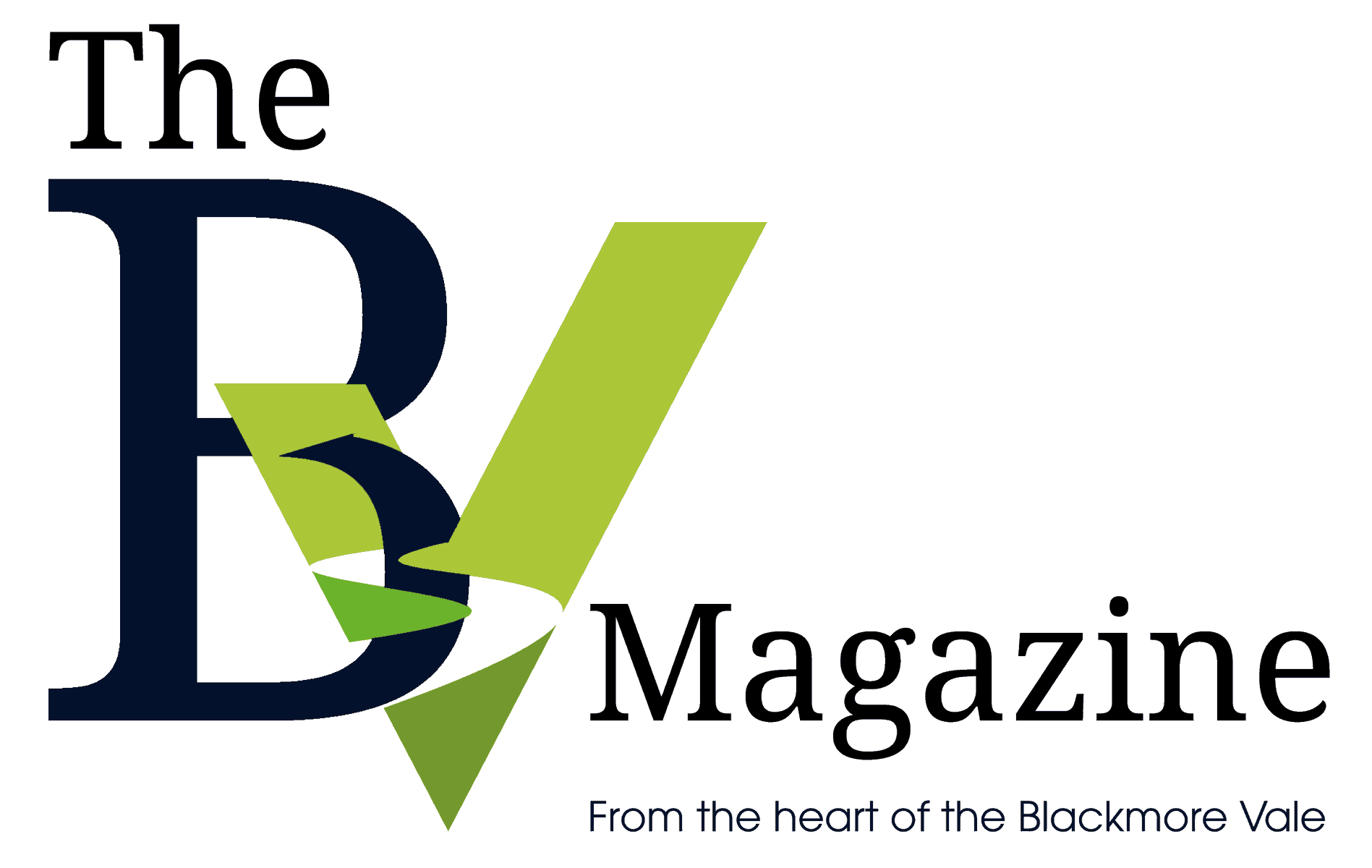Unsurprisingly, astrophotographer Rob Nolan talks about the surreal experience of watching an aurora borealis from our back gardens
In case you didn’t know, something quite spectacular happened on the night of 10th May, and I really hope you had the chance to witness it with your own eyes.
Most of Northern Europe was treated to the most powerful Northern Lights display in more than 20 years! To put that into context, the last time this happened, most of us were using film cameras! This time was very different, and thousands of photographers headed to famous landmarks to photograph this extremely rare KP8 to KP9 event. The KP-Index is derived from the German Planetarische Kennziffer, meaning planetary index, which is a measurement of geomagnetic activity in the Earth’s atmosphere. It ranges from 0 (quiet) to 9 – an Extreme Storm. May’s event teetered on the edge of a KP9 event. The last time there was an official KP9 was the Carrington event, the most intense geomagnetic storm ever recorded, which happened in 1859.
For May’s amazing display I chose to stay local, and spent hours walking around my local village and the surrounding hills, admiring the views of the spectacular pillars of lights in solitude, which made it all the more special. The image I’ve shared is a particular tree known locally as The Spooky Tree which caught my eye as I was wondering down the lane in our village. This particular geomagnetic storm was the direct result of three CMEs that surged out of the sun’s outer atmosphere and headed toward Earth. A Coronal Mass Ejection, or CME, is a collection of magnetized plasma ejected from the sun’s (exceptionally hot) outer atmospheric layer – the corona – as a result of a disruption in the sun’s magnetic field. I was fortunate enough to capture this CME using my telescope and solar film, to safely observe and photograph the sun’s surface. To have captured the sun spots that then caused the Aurora in the photographs that followed was extremely special.
More to come
For me, seeing the huge output from the Sun and its direct effect on the Earth reinforced the huge cosmological forces at work and made it all the more interesting to observe.
By pure fluke, I’ve now witnessed the Aurora in March in Finland, in April in Dorset (albeit a much less powerful display) and now in May. I do hope to keep this going into June and beyond, but with night-time hours diminishing, and the more northerly countries already enduring never-ending days, this seems an unlikely trend to keep going. Theres a very good chance we could see more huge Aurora storms this far south, though. With the peak of our Sun’s solar cycle reaching its maximum this year, the Northern Lights could put on some more incredible displays during the middle of our summer nights and on into winter – let’s keep our fingers crossed!
This image was taken with the Nikon Z8 Mirrorless Camera and Nikon Z 14-24 f2.8 lens. The settings used were 14mm at f2.8 exposing for 6 seconds at ISO 1600 and processed in Adobe Lightroom.
The night sky, June 2024 – Rob’s guide for your stargazing this month:
I’ve already talked a lot above about the Northern Lights (it’s so exciting!), so I’ll just pick out a few key celestial events to watch out for during June.
As we enter the summer months, it’s time to keep your eyes peeled for those rare noctilucent clouds often seen in the twilight hours after the sun has set. These eerie-looking clouds occur high up in the sky some 50 miles up, on the edge of space and lit up by the Sun.
On 20th June, at exactly 9.51pm, we reach this year’s Summer Solstice and Midsummer’s Day – the longest day and shortest night of the year.
There’s also an occultation of the Moon across Saturn on the 27th June in the early hours. This is when the Moon will appear close to Saturn and will briefly pass in front of the planet and Earth to obscure her from our view for about an hour, visible from Latin America and the Caribbean, Africa and Europe.
Until next time, clear skies!
Find Rob on Facebook as RPN Photography here




